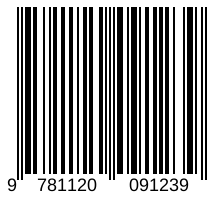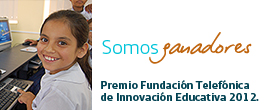If you are teaching how to ask and answer about toys, you can use our new spinner. It focuses on the vocabulary worked in our unit 4 (teddy, car, game console, doll, ball, scooter, robot and plane). Students in Level 2 made it last week. They traced, coloured and cut them, but previously, we practiced... Seguir lendo →
PETS GAMES
If you want to practice the vocabulary related to pets and the Present Simple with the verb To Be, here you have two easy games created in Educaplay.
PETS, PETS
This school year, our school is working on a project about animals. From the English area we will try to participate as far as possible. Thus, taking advantage of the fact that in the 1st cycle we are learning to talk about our pets, we were preparing these funny songs. We hope you like them.... Seguir lendo →
School Supplies Memory Game
Let's practice School Supplies vocabulary and the stuctures Its'a..../ I've got .... with this Matching Memory .It's useful to practice spelling, reading, listening, word recognition and even grammar all at the same time. Furthermore, it's great for ESL lesson plans, helping teachers to create fun and interactive lessons that engage their students. DOWNLOAD THE RESOURCE:... Seguir lendo →
Family Bingo Break
As you know, Bingo is incredibly flexible and popular with both students and teachers. It’s also great for involving everyone at the same time. Como xa dixen noutras entradas, este xogo e incriblemente flexible e moi popular entre os rapaces e os mestres. Ademais, permite involucrar a toda a clase á vez. You can use... Seguir lendo →
Singing with Mother Hen
Here you have two funny songs to learn the days of the week and the months of the year. Let's sing along with Mother Hen. https://www.youtube.com/watch?v=mXMofxtDPUQ https://www.youtube.com/watch?v=Fe9bnYRzFvk LET'S PRACTISE
Take a Bingo Break
Students love playing Bingo. And me too! Bingo is an incredibly flexible game and it is also great for involving everyone at the same time. It can be a great way to encourage language learning, create a positive learning enviroment, help to pay more attention and teach a variety of different skills including reading, writing, listening and... Seguir lendo →
Guess Who? Superheroes card game
In our lessons, we often use flashcard games to present and practise new language. Very often, these are whole class activities with the teacher managing the interaction. But if we want to help our young learners become more independent and increase the amount of interaction (and therefore language practice) taking place, card games are the... Seguir lendo →
Final works
School is coming to an end but before going on holiday, take a look at these amazing final works my students wrote during this last week. Congratulations, guys! Great job! Click on the picture Click on the picture
Weather wheel
If you are teaching how to talk about the weather, you can use our new spinner. It focuses on the vocabulary worked in our unit 3 : raining, sunny, snowing, foggy,windy, cloudy, hot and cold. Students in Level 1 started making this spinner today. They traced, coloured and cut them, but previously, we practiced the... Seguir lendo →
Can you…? spinners
I love using spinners because of the benefits of using then as a learning resource. Spinners provide a fun and exciting way of helpling kids practice vocabulary or structures as they see it more as a game. Word recognition helps develop reading ability faster. They can be used anywhere at home, at school or even... Seguir lendo →
Crowded house
I would like to start this new year sharing with all of you these terrific works done by students in Level 2 because they have made a great effort during the first term. Enjoy them. https://vimeo.com/785708823





























